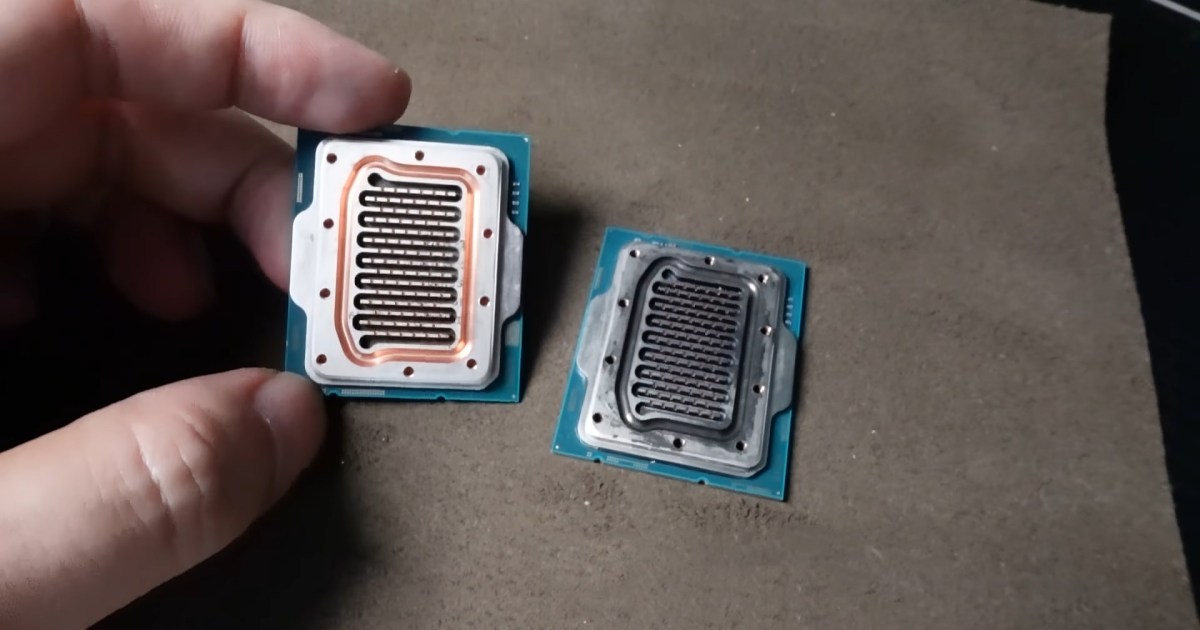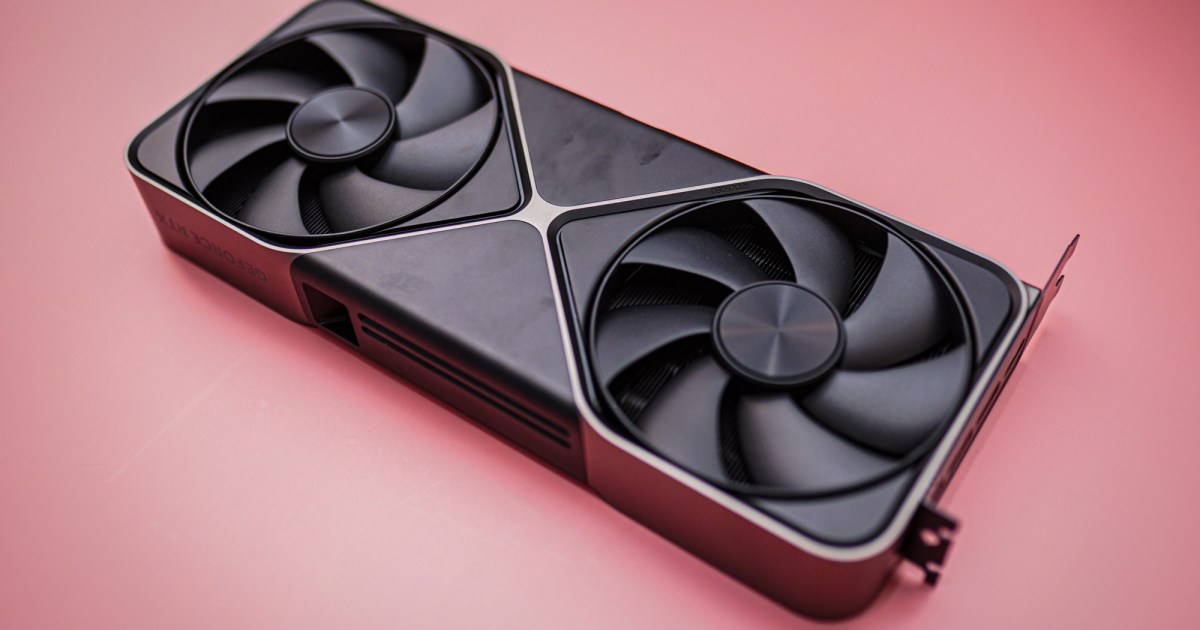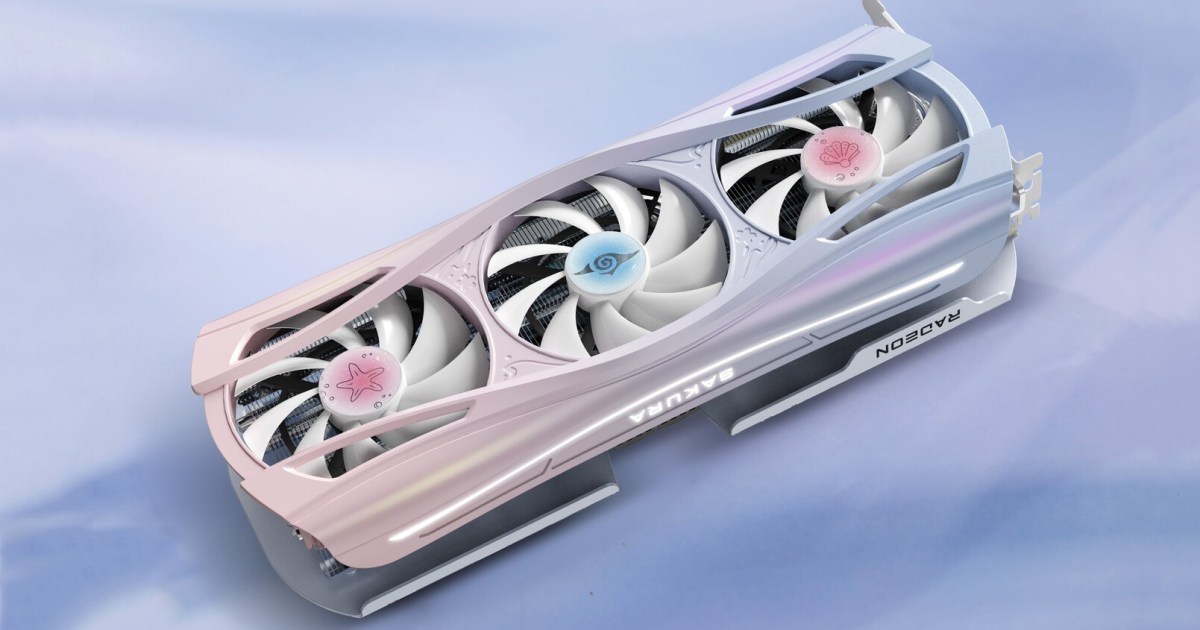A Chinese YouTuber, octppus, has achieved an incredible feat of PC modding by converting the integrated heat spreader (IHS) of an Intel Core i9-14900KS processor into a working water block. This innovative approach bypasses traditional cooling methods, offering a glimpse into the future of CPU cooling.
Instead of using a conventional CPU cooler, octppus employed a CNC machine to meticulously carve a network of microchannels directly into the IHS of the i9-14900KS. This allows coolant to flow directly over the processor die, minimizing the thermal path. The custom setup includes inlet and outlet ports machined into the modified IHS, sealed with a gasket and covered with a clear acrylic top. This design not only prevents leaks but also provides a fascinating visual of the coolant flowing over the CPU die.
Conventional CPU water blocks are typically made of highly conductive materials like copper or nickel-plated copper. They are designed to sit atop the CPU with a layer of thermal paste in between. These blocks feature intricate microfins or microchannels to maximize surface area and create turbulence for efficient heat absorption. The heated coolant is then pumped away through the system. These commercial water blocks are carefully engineered to optimize heat transfer, minimize pressure drops, and ensure uniform cooling across the CPU.
Octppus’s modification is unique because it eliminates the traditional separation between the heat spreader and the water block. By directly cooling the die, this mod removes the intermediary thermal resistance usually present.
Performance testing reveals that this DIY solution surpasses traditional water blocks under idle conditions and lighter loads of around 60W. This improved performance is attributed to the direct contact between the coolant and the CPU die. However, when pump speeds are lowered, temperatures rise more rapidly compared to standard setups. This suggests that while the direct-die cooling provides excellent thermal transfer at high flow rates, the smaller surface area and less optimized channel design of the modified IHS struggle to match the performance of professionally engineered water blocks under all conditions.
While this mod is a testament to the ingenuity and experimental nature of the PC modding community, it’s not recommended for the average user. Modifying a high-end CPU like the i9-14900KS carries significant risk, and even a small mistake could render the processor unusable.
Despite its impracticality for everyday use, this project raises intriguing questions about the future of CPU cooling. It highlights the potential benefits of direct-die cooling and suggests that future cooling solutions might move towards closer integration with the heat source for enhanced thermal efficiency. This innovative approach could pave the way for more compact and efficient cooling systems in the future.











